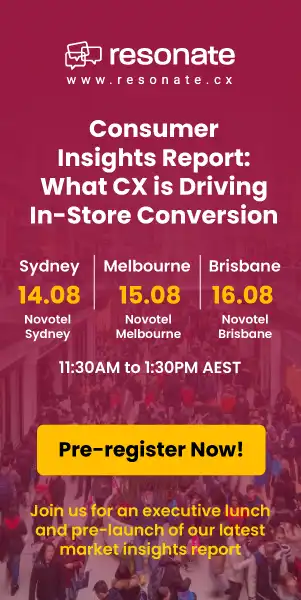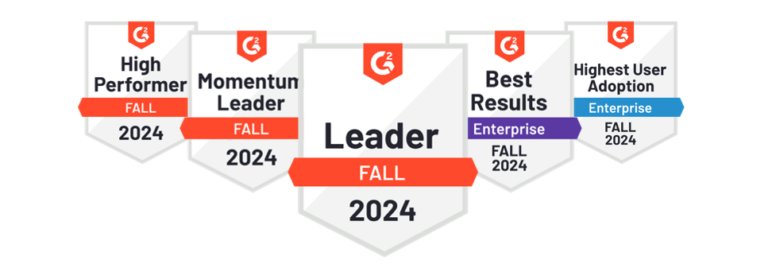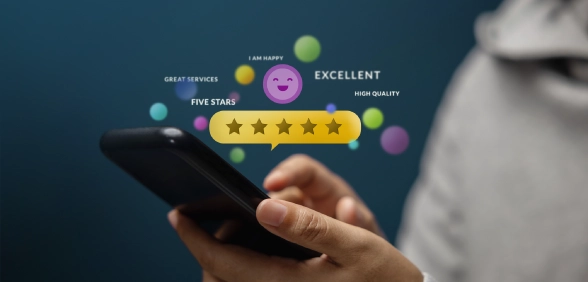The Evolution of CX in Retail
The integration of contextual data has long been understood to drive value in NPS Programs.
Data about you the customer (age, gender, segment, address etc) is clearly valuable as is data about the transaction (date, time, basket etc) that may have triggered your NPS feedback. And with data about the customer, transaction and a survey response (including driver ratings) it is sometimes surprising just how much insight can be gleaned by retailers. Suddenly implications for staffing, merchandising, service, checkout practices, product training and store layout can jump out and scream for attention.
However, with advances in biometrics (including facial analytics), Wi-Fi based monitoring and the internet of things – there is the promise of pushing insights – in concert with NPS – into a new league. Indeed, the commodification of some of these technologies has lowered the threshold at which the humble storefront can participate in leading edge data collection and insight generation – whilst still respecting the sovereignty of customers.
Imagine, that as a retailer you could track & measure:
- Walk-by conversions or “peel off” rate: the % of people who walk past your store and decide to enter
- Bounce rates: the % of visitors who leave a store too quickly to transact
- Dwell-time: the length of time a person spends looking at a display or remains in a specific area
- Visit durations
- Sale conversion rates: the % of people entering your store who buy
- Repeat visitors
- (Facial) sentiment at different points of the customer journey
Some of these measures may seem trivial or ephemeral but taken at scale and combined with NPS – the stated sentiment & “why” behind the behaviour – the insights gleaned can be game-changing. Dwell time alone is an underestimated metric. A study by Pathintelligence showed that “there is a significant and positive relationship between dwell time and sales.” They found that a 1% increase in dwell time resulted in a 1.3% increase in sales.
It is interesting how many of these metrics run parallel to data gathering techniques that have been practised in the online world and taken for granted for some time. Presumably this can only help in the convergence of offline/online approaches.
However, back to the offline challenge. The strength of the new combination of NPS plus behavioural/biometric tracking is both in their complementary as well as their intersecting nature.
Complementary for a number of reasons. Behavioural tracking goes beyond existing (transacting) customers to prospects who don’t purchase – an obvious blind spot in most NPS programs. Survey fatigue is a genuine challenge and by having alternative forms of feedback that are effortless to the customer – it is possible to be more strategic about the way surveys are managed. What surveys lack in data volumes, is balanced by the extraordinary volumes that are possible through behavioural tracking. There is also a genuine “say-do” gap with consumers; this is probably minor in the context of NPS but nonetheless having behavioural data allows for some re-calibration for this gap.
The intersecting or synergistic benefits of the NPS/behavioural tracking combination are interesting to speculate on. For example, analysing the differences between promoters and detractors across behavioural tracking data might establish some truths about the minimum engagement requirements like dwell time, staffing and product knowledge – to produce a promoter. Or behavioural patterns most commonly associated with certain driver ratings.
One of the most immediate benefits that we are seeing is with optimising staff rostering where there is a clear drop in customer sentiment at certain times and locations. However, we believe this is just the start.
It seems to us that we are at the dawn of an exciting era for CX in Retail where a combination of NPS and tracking technology can drive significant growth for retailers who want to get on the front foot with their customer experience initiatives.







